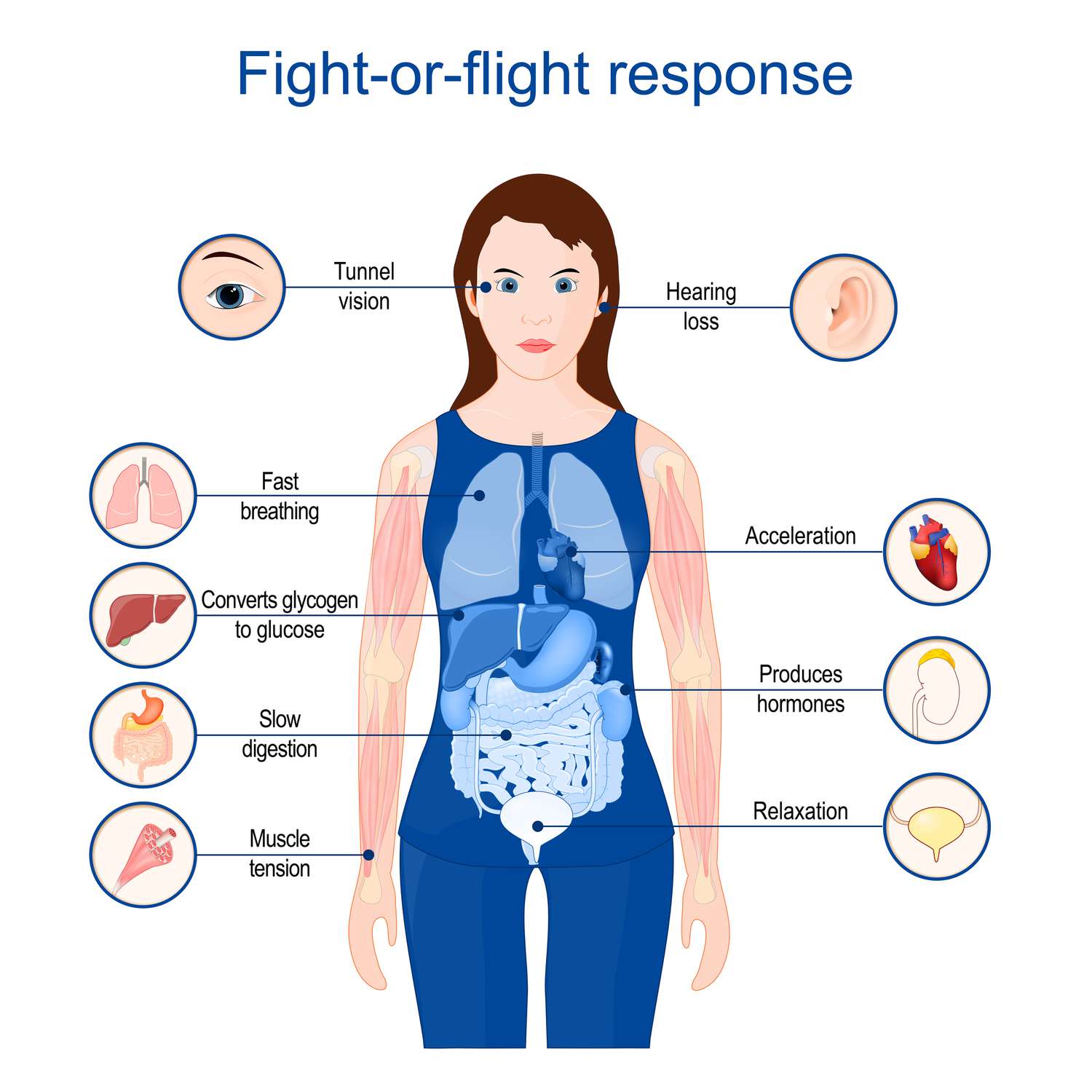The way we react, or respond, to the challenges of daily life is a reflection of how much space or tension we are carrying in our nervous system. If life constantly feels overwhelming or stressful, it may be because certain parts of the brain are still burdened by unintegrated feelings, memories, thought patterns, or energies from the past.
Over time, this unresolved stress doesn’t just stay “in the mind.” It shows up in the body. Physical tension, chronic pain, and even disease often develop when the nervous system is not given the chance to reset and heal.
As Canadian physician Dr. Gabor Maté reminds us:
“You cannot separate the mind from the body; whatever happens emotionally will have an impact on your physiology.”
Trauma and the Three Brains
Most of us have experienced some form of trauma—whether big or small. Trauma doesn’t always mean a single catastrophic event; it can also be the accumulation of smaller stresses and hurts over time. When this happens, the three brains—the head brain, the heart brain, and the gut brain—can become mobilized into survival modes such as:
-
Fight or flight: feeling anxious, restless, irritable, hyper-alert.
-
Freeze: feeling numb, shut down, disconnected, or fatigued.
These survival states are brilliant adaptations in the moment of trauma—but when the nervous system never fully discharges the energy, the body continues to live as if the danger is still present.
The Nervous System’s Need to Reset
When the nervous system is given safe space and support to process what it has been holding, it can integrate old memories, feelings, and patterns. This is not about erasing the past—it’s about allowing the body to release what is no longer needed so that healing can unfold.
Without this reset, the nervous system stays stuck in cycles of tension, which can contribute to stress-related illness, autoimmune issues, digestive challenges, pain syndromes, fatigue, and more.
How Somatic Experiencing Supports Healing
A powerful approach to restoring balance in the nervous system is Somatic Experiencing (SE), a body-based trauma healing method developed by Dr. Peter Levine.
Rather than focusing solely on the mind or on retelling traumatic events, SE works gently with the body’s natural rhythms to help it release the survival energy that was “stuck” at the time of trauma. Trauma isn’t in the event itself—it’s in the nervous system’s incomplete response to the event.
Through guided awareness of physical sensations, movements, and impulses, SE helps the nervous system:
-
Discharge survival energy that has been trapped in fight, flight, or freeze.
-
Build capacity to tolerate stress without becoming overwhelmed.
-
Reconnect with safety in the present moment.
-
Restore regulation so the body can shift naturally between activation and rest.
Rather than forcing a story or analysis, SE honors the body’s pace. This gentle, titrated approach allows healing to happen gradually, building resilience and a deeper sense of safety from the inside out.
When the nervous system is given the chance to complete what was once interrupted, the whole body can return to a state of balance, health, and vitality.
A Breath of Relief
Imagine the difference it makes when your body is no longer locked in fight, flight, or freeze. There is more space for calm. More resilience in the face of stress. More freedom to be present in your relationships, your work, and your life.
This is the profound relief we all long for—because when the nervous system heals, the whole self heals.
✨ Your nervous system holds the wisdom of survival, but it also carries the blueprint for your healing. Supporting it is one of the most powerful gifts you can give yourself.

